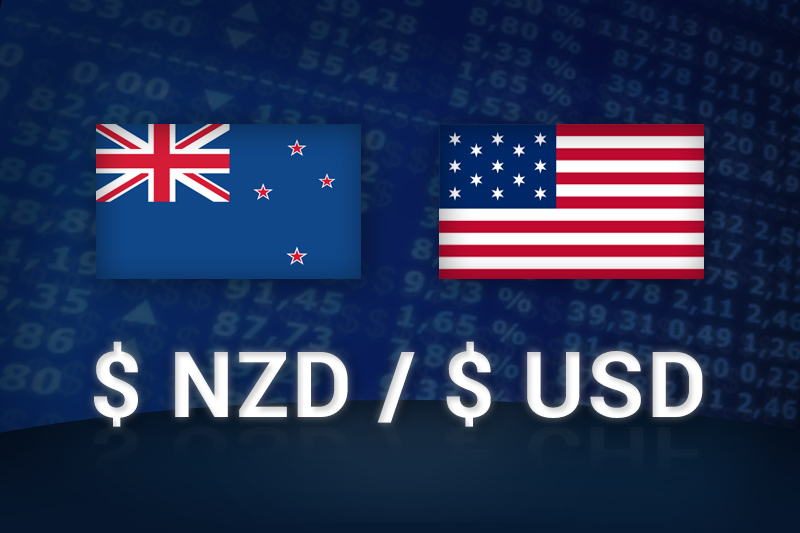Investing.com - The New Zealand dollar rose against its U.S. counterpart on Tuesday, although demand for the greenback remained supported by renewed expectations for a near-term end to the Federal Reserve's stimulus program.
NZD/USD hit 0.7864 during late Asian trade, the pair's highest since August 2; the pair subsequently consolidated at 0.7858, gaining 0.45%.
The pair was likely to find support at 0.7754, the low of July 12 and resistance at 0.7936, the high of August 2.
The greenback remained supported after data on Monday showed that activity in the U.S. services sector expanded at the fastest rate in five months in July.
The Institute of Supply Management said its non-manufacturing purchasing manager's index rose to 56.0 from a three year low of 52.2 in June, as new orders jumped.
The data help offset the latest U.S. jobs report which showed that the U.S. economy added 162,000 jobs in July, less than the 184,000 increase forecast by economists.
The kiwi regained ground after tumbling on Monday due to reports New Zealand dairy exporter Fonterra found bacteria that could cause food poisoning in some of its products.
The kiwi was lower against the Australian dollar with AUD/NZD adding 0.13%, to hit 1.1430.
Also Tuesday, the Reserve Bank of Australia lowered its benchmark interest rate from 2.75% to a record low 2.5%, as expected.
Commenting on the decision, RBA Governor Glenn Stevens said the Aussie dollar "has depreciated by around 15% since early April, although it remains at a high level."
He added that further depreciation "would help to foster a rebalancing of growth in the economy."
Later in the day, the U.S. was to produce data on the trade balance.
NZD/USD hit 0.7864 during late Asian trade, the pair's highest since August 2; the pair subsequently consolidated at 0.7858, gaining 0.45%.
The pair was likely to find support at 0.7754, the low of July 12 and resistance at 0.7936, the high of August 2.
The greenback remained supported after data on Monday showed that activity in the U.S. services sector expanded at the fastest rate in five months in July.
The Institute of Supply Management said its non-manufacturing purchasing manager's index rose to 56.0 from a three year low of 52.2 in June, as new orders jumped.
The data help offset the latest U.S. jobs report which showed that the U.S. economy added 162,000 jobs in July, less than the 184,000 increase forecast by economists.
The kiwi regained ground after tumbling on Monday due to reports New Zealand dairy exporter Fonterra found bacteria that could cause food poisoning in some of its products.
The kiwi was lower against the Australian dollar with AUD/NZD adding 0.13%, to hit 1.1430.
Also Tuesday, the Reserve Bank of Australia lowered its benchmark interest rate from 2.75% to a record low 2.5%, as expected.
Commenting on the decision, RBA Governor Glenn Stevens said the Aussie dollar "has depreciated by around 15% since early April, although it remains at a high level."
He added that further depreciation "would help to foster a rebalancing of growth in the economy."
Later in the day, the U.S. was to produce data on the trade balance.
